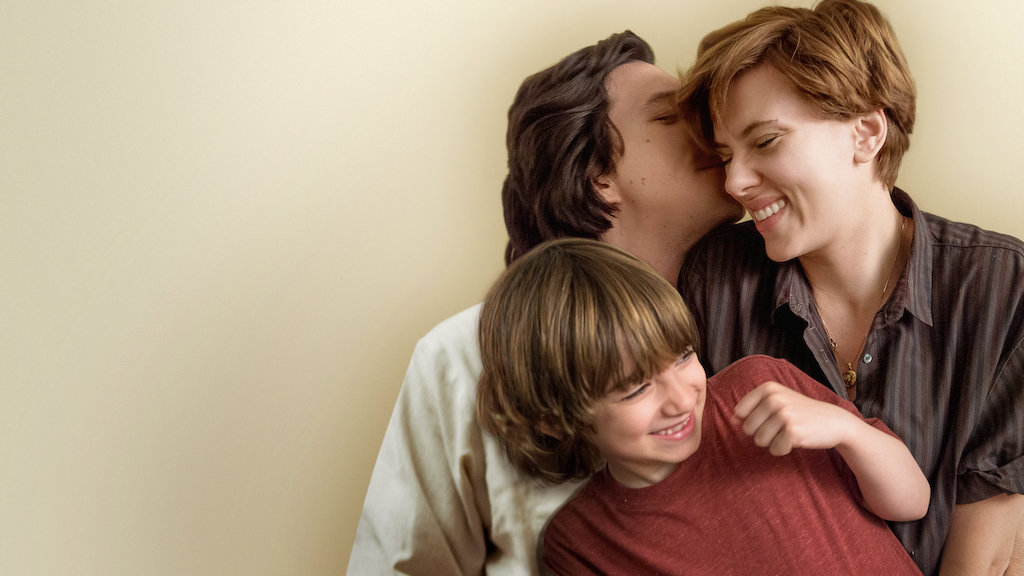It’s a love story that ends in divorce. Two people who once adored each other are now living apart, co-parenting and building newly separate, but because of the children, forever intertwined lives. As Noah Baumbach meticulously depicts in his extraordinary film, this is the marriage story for almost 50% of married couples, which translates to almost 2,000,000 people every year. We already know the beginning and the ending, so it is time to change the middle: how we divorce.
The end of a marriage is the beginning of a new and different life for two people and their children. There is no mystery; we already know everything we need to know about how divorce works. So why do we still follow each other off the cliff?
The wedding industry is considered to be a 50-billion-dollar industry. We love love. It might be shocking to learn that the divorce industry is also considered to be a 50-billion-dollar industry. We spend the same amount of our precious disposable income on getting out of the contract. And the collateral damage to our hearts, our children, our family, our friends, and our colleagues is exponentially higher.
It is painful to watch love change. Marriage Story does a brilliant job of giving us insight into how Nicole and Charlie Barber started their love story and how, like so many marriages, it evolved to no longer be sustainable. Many have said this should be called “Divorce Story,” but no, this IS a real story of so many marriages. The script felt so profoundly accurate and the acting so authentic that for me, it isn’t Scarlett Johansson, Adam Driver, or the other perfectly cast actors on the screen — those are the Barbers, a family moving through the transition of being married to being divorced. This is a couple who strives for an amicable split, but the script intelligently reflects that amicable does not mean the absence of pain, heartbreak, and grief. It is still a breakup; it is still a changing relationship with your children, changing homes and financial stress. The intense emotion so palpably expressed by Charlie Barber is uncomfortably realistic. Divorce, no matter the narrative, challenges every fiber of our soul and spouses have to be allowed permission (safely and appropriately, of course) to feel. But they have to address that outside of the divorce transaction. It is the bleeding of emotion into the legal process that drives much of the chaos.
Amicable simply means that both spouses are wise enough to recognize that the process to unwind the contract is better managed together than in conflict. The cost to pay third parties will be reduced if managed in alignment rather than in conflict. It does not erase the pain, it does not erase the huge amount of work required, and it does not erase the ultimate financial and parenting compromises that are necessary to finalize the settlement, or new contract. Amicable divorces are not at risk of going sideways if the two spouses maintain their own responsibility to themselves and each other.
The dangerous takeaway from this movie is to demonize individual divorce lawyers. It is essential that we understand the tremendous flaws in the system and the professional culture that has in many cases gone awry. The script includes important nuances that artfully represent the responsibility Nicole Barber has in giving all of her power to a colorful and locally well-known lawyer who she trusted out of her own naiveté, fear, and desire to be taken care of. The wonderful nuances in the film reflect the culture of family law. It is a business. Lawyers are colleagues, friends — and for them the courtroom is akin to meeting on the field for an intramural game; it isn’t personal. What has to change before the system will catch up is a reframe for spouses of how to manage their own divorce and their hired professional team. Nicole and Charlie agreed to not use lawyers and when Nicole gave up her power, Charlie tried to hire the kinder, gentler lawyer so beautifully portrayed by Alan Alda, but he was forced to match her choice, and thus the two lawyers now had control.
When we hire an architect to build a two-story house for a specific budget and the architect hands us plans for a five-story monstrosity at 10 times the budget, do we say, “OK, you are the expert, now let me go leverage everything I have to pay for it”? No, we fire them. We have to reclaim the appropriate balance of power between the payor and the payee. But in doing so, we have to step up and take responsibility for being informed, prepared, and for managing them and not responding out of fear. We hire professionals to provide us with advice and to take our case through the legal process, not to become a proxy for every single decision about our families. The divorce system is so unclear and confusing that we feel we have no other choice but to abdicate our power to the professionals. This is compounded by the fact that at this moment, we are at our most vulnerable, experiencing the single most comprehensive and financially frightening transition of our lives, and if there are children involved, the magnitude of the pain is indescribable, so of course we turn to the experts and ask to be taken care of. The horror stories we have heard and the fear that has been generated around divorce has led us here, and it is emotionally and financially bankrupting families. We have to change the way we divorce.
Marriage Story is not simply a cautionary tale. Marriage Story is being played out by hundreds of thousands of families across the country today. The names are different, the location is different, the relationship is different, but the story is the same. If you are considering divorce, do not allow the thought “I would never allow THAT to happen to me” or worse, “my situation is different, so I really do need a shark” as depicted by Ray Liotta and Laura Dern. The Barbers’ story is poignant because it started out as an amicable divorce and it went sideways. However, a divorce that starts out as high conflict ends up in the same scene where each is destroying the other and each is using every last cent to fund it. Does the fact that there is conflict in the relationship justify that end, the complete destruction of a family, their financial status and relationship with their children? Amicable or not, is this a process we want to continue to pursue to assist us in unwinding a contract?
A note about children and co-parenting. The concept of “custody” (except in extreme situations, of course) is outdated. We don’t own our children. The child custody evaluation depicted in Marriage Story is very real and they are very expensive. There are multiple home visits for each parent, office visits, personality tests, and a whole host of other tools for one parent to prove that the other is unfit. Some courts use them to inform the judge and other courts do not support them. Whether a divorce is amicable or high conflict, parents can typically agree that they love their children. Different parenting styles is not a crime. All the research suggests the conflict between the parents, not the divorce, is the most damaging element. Once again, we have seen this played out over and over. Let’s remove the child’s schedule from the courts and lawyers. Divorce with children means developing a Parenting Plan (with trained parenting plan mediators/experts) to identify philosophical values and tactical day-to-day considerations for your unique family. It also means developing a schedule. Let’s change the middle and responsibly co-parent for the sake of these children.
Divorce is big business, but it shouldn’t be. Let’s reclaim our role and responsibility in negotiating a new contract for our family. Let’s honor and manage our emotions outside of the divorce transaction. Let’s research the divorce process and manage divorce professionals and manage them as we do any paid experts. Let’s adopt the parenting plan process to co-parent responsibly. If we can do that and accept the role of compromise in divorce, as seemingly difficult as that might be, we can collectively crack the foundation of the established way of doing things, redefine how we divorce and keep the money in the family.
Let’s use the lessons from this film to change the way we divorce.


